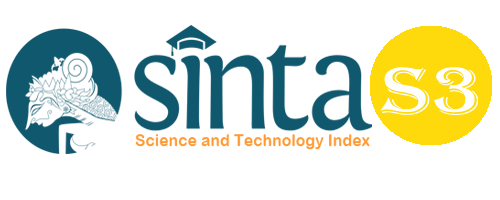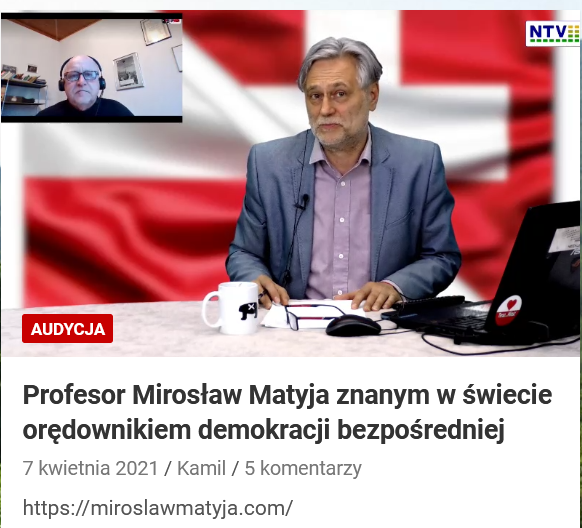Using The List of Minimum Requirements to Analyze Students’ Errors In Their English Compositions
Abstract
This research was conducted to analyze the errors made by the students in their English compositions. The researchers used the list of Minimum Requirements which was developed by Fountain to analyze the students’ writing errors. Based on the data analysis, it was found that the students made 60 errors altogether in their English compositions entitled About Me. There are nine kinds of error made by the students. The students made 19 errors in punctuation (31.7%), 11 errors in preposition (18.3%), seven errors in concord/agreement (11.7%), seven errors in finite verbs (11.7%), six errors in articles (10%), four errors in spelling (6.7%), two errors in tenses (3.3%), two errors in verb groups (3.3%) and two errors in word choice (3.3%). It is advisable that the list of Minimum Requirements is used as a guideline to help the learners minimize their errors in writing.
Keywords
Full Text:
PDFReferences
Argante, J. (2004). Constructive editing. Tauranga: Hen Enterprises.
Bram, B. (2012). Using a grammatical checklist to minimize mistakes in writing. Widya Dharma Jurnal Kependidikan, 22(2), 113-126.
Brown, D.H. (1987). Principles of language learning and teaching. New Jersey: Prentice Hall.
Brown, D.H. (2001). Teaching by principles: Interactive approach to language. San Fransisco: Addison Wesley Longman.
Cheek, J. (2008). Research design. In L.M. Given (ed.), The sage encyclopedia of qualitative research methods (volumes 1 & 2) (pp. 761-763). California: Sage Publications.
Chen, Y. (2002). The problems of university EFL writing in Taiwan. The Korea TESOL Journal, 5(1), 59-79.
Corder, S.P. (1967). The significance of learner’s errors. International Review of Applied Linguistics, 161-170.
Corder, S.P. (1973). Introducing applied linguistics. Harmondsworth: Penguin.
Costas, G. (2002). EFL writing: Product and process. Retrieved on March 16, 2016, from http://eric.ed.gov/ERICDocs/data/ericdocs2sql/content_storage_01/0000019b/80/1b/4/7a.pdf.
Crystal, D. (1987). The Cambridge encyclopedia of language. Cambridge: Cambridge University Press.
Dulay, et al. (1982). Second language acquisition and universal grammar. New York: Oxford University Press.
Ferris, D. (2003). Response to students’ writing: Implications for second language students. Mahwah: Lawrence Erlbaum.
Ferris, et al. (2000). Perspectives, problems and practices in treating written errors. Colloquium presented at International TESOL Convention, Vancouver, Canada.
George, H.V. (1972). Common errors in language learning. Massachusetts: Newbury House.
Given, L.M. & Saumure, K. (2008). Confirmability. In L.M. Given (ed.), The sage encyclopedia of qualitative research methods (volumes 1 & 2) (p. 895). California: Sage Publications.
Given, L.M. & Saumure, K. (2008). Credibility. In L.M. Given (ed.), The sage encyclopedia of qualitative research methods (volumes 1 & 2) (p. 895). California: Sage Publications.
Given, L.M. & Saumure, K. (2008). Trustworthiness. In L.M. Given (ed.), The sage encyclopedia of qualitative research methods (volumes 1 & 2) (p. 895). California: Sage Publications.
Graham, S. & Perin, D. (2007). Writing texts: Effective strategies to improve writing of adolescents in middle and high schools. New York: Alliance for Excellent Education.
Heaton, J.B. 1988. Writing English language teaching. London: Longman.
Heritage, K. (2003). Report writing in a week. London: Hodder & Stoughton.
Isaac, S., & Michael, W.B. (1981). Handbook in research and evaluation for education and the behavioral sciences (2nd ed.). California: EdITS.
Jensen, D. (2008). Dependability. In L.M. Given (ed.), The sage encyclopedia of qualitative research methods (volumes 1 & 2) (p. 209). California: Sage Publications.
Jensen, D. (2008). Transferability. In L.M. Given (ed.), The sage encyclopedia of qualitative research methods (volumes 1 & 2) (p. 886). California: Sage Publications.
Krashen, S.D. & Seliger, H.W. (1975). The essential contributions of formal instruction in adult second language learning. TESOL Quarterly, 9, 173-183.
Miles, M.B., & Huberman, A.M. (1988). Qualitative data analysis. London: Sage Publications.
Nation, P. (2009). Teaching ESL/EFL reading and writing. New York: Routledge.
O’Malley, J.M., & Pierce, L.V. (1996). Authentic assessment for English language learners: Practical approaches for teachers. London: Longman.
Wishon, G.E., & Burks, J.M. (1980). Let’s write English (revised edition). New York: Litton Educational Publishing.
DOI: https://doi.org/10.33258/birci.v1i3.60
Article Metrics
Abstract view : 231 timesPDF - 83 times
Refbacks
- There are currently no refbacks.

This work is licensed under a Creative Commons Attribution 4.0 International License.

This work is licensed under a Creative Commons Attribution-ShareAlike 4.0 International License.

_.gif)

















_.gif)



